Exclusivity for Everyone
Jonathan Monaghan connects aspirational consumption of the past and present in a site-specific installation of digital art.
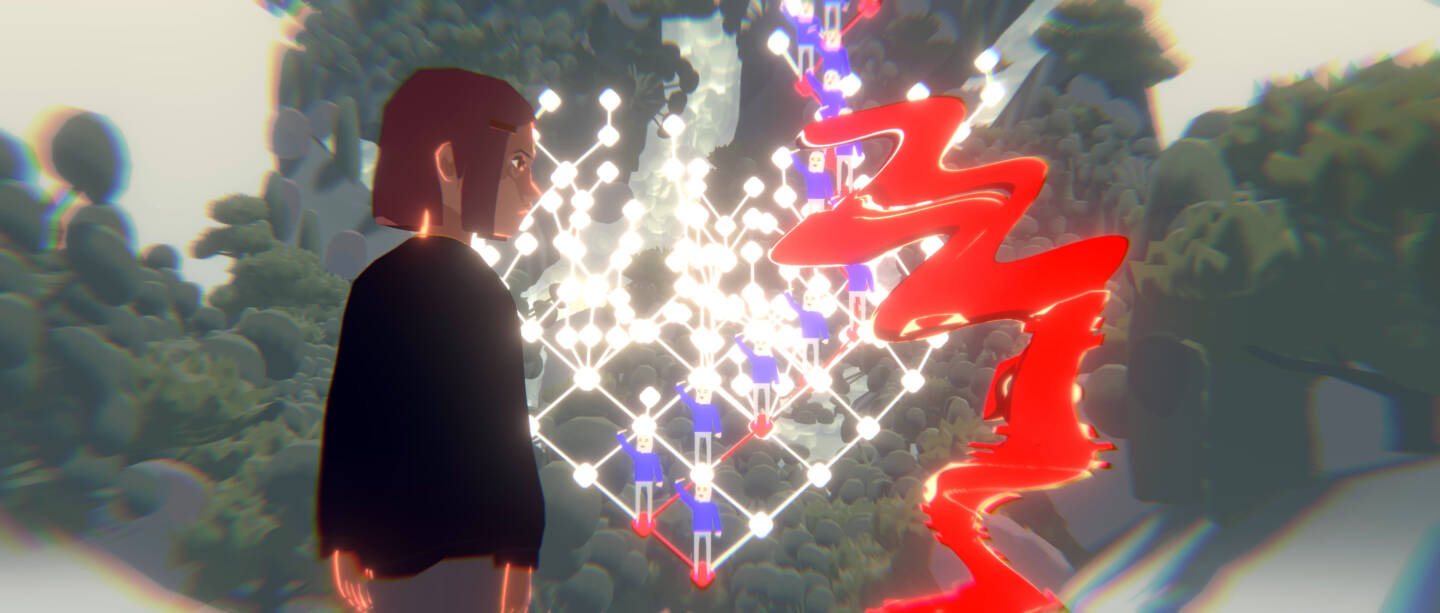
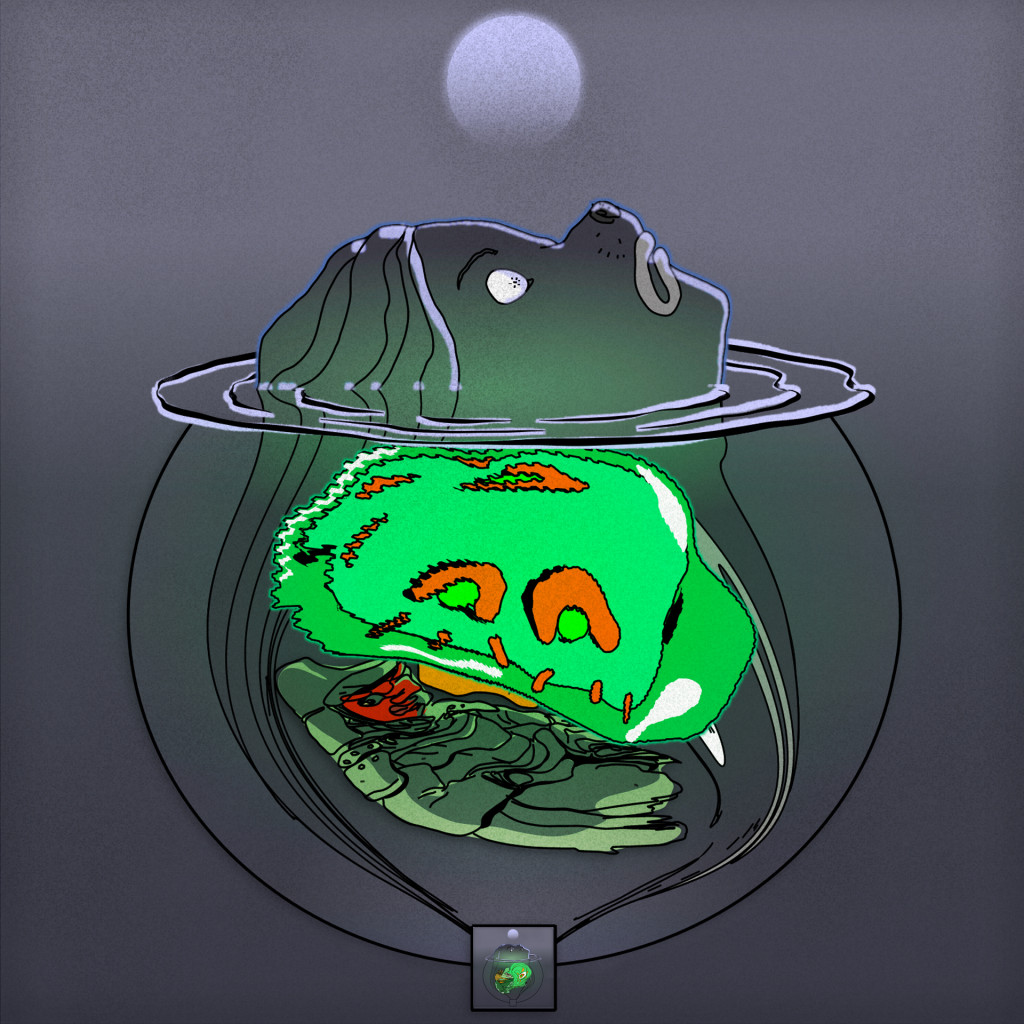
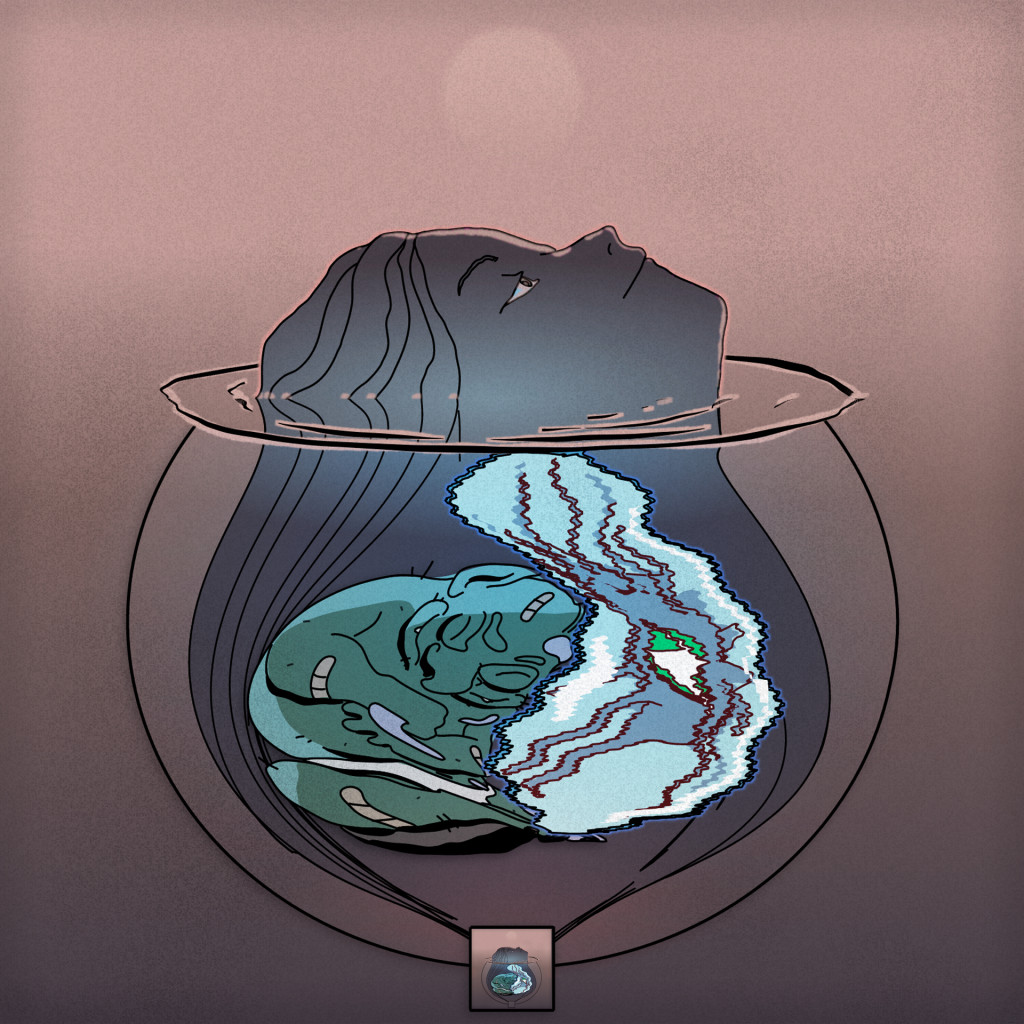
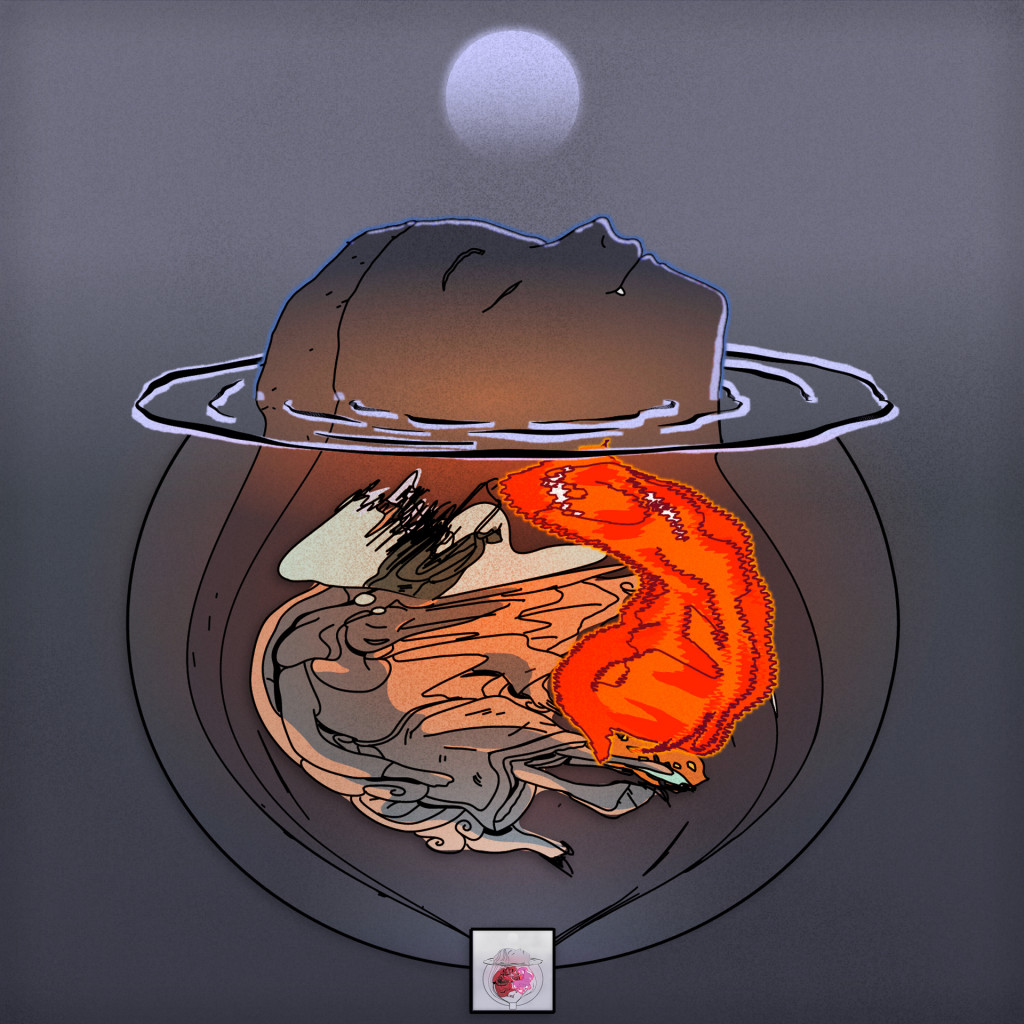
Hard times drive people to gamble. Why not risk when there’s so little to lose? This is one explanation for why cryptocurrencies and NFTs have become so popular in an era of rampant economic inequality. Hard times also prompt introspection, a desire for personal growth. When external conditions are especially chaotic and dire, you might find yourself wanting to exert control where you can—over your private life, your own behavior—and create a haven of personal happiness, to better weather uncertainty.
Ian Cheng’s 3FACE sits at the nexus of these urges. It’s an NFT that can be used as a personality test—a thought-provoking generative work that tells collectors something about themselves. Cheng is an avid student of psychology and cognition, and 3FACE is based on a model that comes from both the artist’s extensive reading on those topics and his own intuitive understanding of how people work. In Cheng’s system, “nature” is an inner gift, an inherent, inborn way of approaching the world. “Nurture” is a construct of socialization, the accumulation of forces that inhibit your nature while helping you function in society. These should exist in some kind of balance. When one prevails, a person gets out of joint. Unbridled nature makes for narcissistic monsters. Contentment can be achieved by positively embracing nurture, but an unthinking obedience to nurture breeds resentment. Cheng’s model prizes a healthy attunement to nature that fosters creativity and growth—not surprising for a personality map designed by an artist.
3FACE is a collectible item that comments on the personal and social dimensions of collecting.
3FACE cleverly positions the process of minting a generative NFT as a metaphor for personality development. When collectors visit the project website to mint, they are offered several “daemons” to choose from, animated kernels of personhood that will partially determine the appearance of the token. The daemon reads the contents of the collector’s wallet to make some inferences about its new home. Does this wallet belong to a whale? A bot? A lover of digital art? A hobbyist investor? The analysis of the wallet performed by the 3FACE script maps a portrait of the collector informed by Cheng’s personality model. The resulting token visualizes those traits. A face emerges from a primordial pool, with an expression that matches the portrait compiled by the script. Just below the surface, nurture wrestles nature—a stony, statue-like being tries to give shape to elemental, abstract color. The intrinsic seed of the code blooms in the social world of the wallet, to give the collector an approximate representation of their being. If the NFT is sold or transferred, the script runs again, so that 3FACE can aptly portray its new holder.
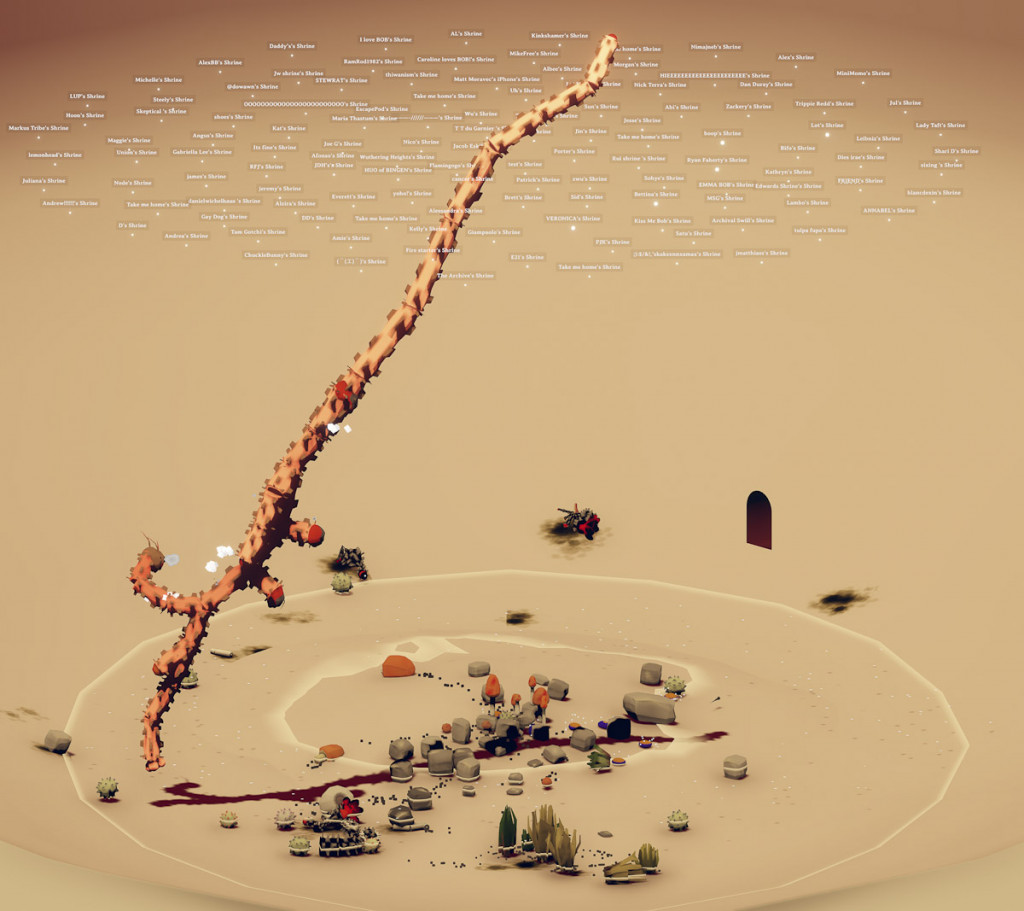
Cheng is an artist without a signature style. Several of his projects have taken the form of simulations—self-playing video games whose courses change slightly each time they run. He enlists animators and concept artists to develop the visual language for these projects. While Cheng favors detailed environments and schematic figures, following a compositional principle of anime that encourages viewers to identify with characters and imagine themselves in the richly elaborated on-screen world, the specific aesthetics vary from one project to the next. What connects Cheng’s works is his intellectual method, a way of thinking up the artwork that overlays concepts and materials.
BOB (Bag of Beliefs), 2018, is a work about artificial intelligence. A primitive digital life form—a grotesque orange dragon with a long body, lots of squirming appendages, and a hungry mouth—learns to make decisions about what it does or doesn’t want by interacting with its audience. Through an app, viewers can feed BOB offerings to help it learn and grow. The subject is the human relationship to AI, how people train something alien and beyond understanding in a way that is at once paternalistic and worshipful; the medium is AI itself, and the interactions with it. Cheng’s Emissaries trilogy (2015–18) comprises three simulations that span from the dawn of human consciousness to a remote future when Earth’s whole biosphere is permeated by a vast AI. The figures on screen are themselves autonomous pieces of software, making decisions and reacting to one another. Emissaries and BOB are not just about AI but of AI. The friction that comes from the closeness of the substance of the artist’s materials to the ramifications of his concepts creates a resonant space from which new knowledge and understanding can emerge. Cheng has approached NFTs in the same way.

The act of collecting creates an emotional attachment to art. This is as true for NFTs as it is for paintings. Cheng amplifies this dynamic by making his NFTs responsive to the collector’s personality, a partial manifestation of the self. A 3FACE token is a daemon in your digital wallet, a real-life Pokémon. You’d probably want to share it with other people, in the same way you’d share your Myers-Briggs personality type, or your astrological sign. It’s a partially abstracted piece of the self, an icebreaker that enhances your social legibility. It’s a collectible item that comments on the personal and social dimensions of collecting.
NFTs put faces on otherwise impersonal processes.
Cheng operates in the mode of science fiction, and like the best storytellers in that genre, he connects the potential of sophisticated technology to the impact of ancient archetypes—the deep forms and habits of the mind that become tangible through fantasy. 3FACE is made in response to a time receptive to chance and magic. Financialization has seeped into every aspect of life, while becoming more esoteric and priestly. Hedge funders deploy models from quantum physics and other abstruse branches of math and science to rationalize the movements of markets, developing logics so complex they seem like magic. At the same time, decentralization via cryptocurrency has made speculation more accessible. Self-taught stockbrokers speak a coarse, simplistic language, an arsenal of verbal charms: Number go up. WAGMI. This is fertile ground for magical thinking. NFTs are so successful because they put faces on these otherwise impersonal processes. Punks and kitties and pudgy penguins are little guys who live in your phone, bringing you fortune or misfortune as their values rise and fall. They personalize fluctuations that occur beyond comprehension or control.
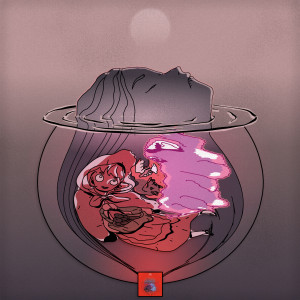
The curious daemons of 3FACE take this a step further by visualizing aspects of their collectors’ personalities. Used as avatars, they put a part of the self in the PFP. Already there are wallet-watching algorithms that scan the holdings of successful NFT speculators so that analysts both amateur and professional can identify the next big thing. The code of 3FACE harvests that information too, but keeps it close, offering imaginative companionship rather than utility. Cheng applies the generative potential of smart contracts in a new way to quicken the future’s bleed into the present. The tokens of 3FACE express the fantasy and superstition that drives engagement with new technology, staging a confrontation in your phone with the strangeness of the now.
Brian Droitcour is Outland’s editor-in-chief
